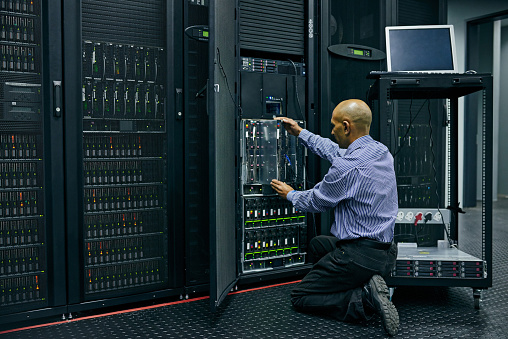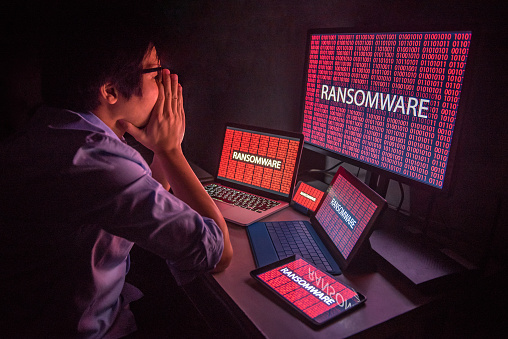When computers or network systems break, you need to know that you’re able to quickly get your teams back online and to full productivity. That can be a challenge, especially if you’re working with a computer repair company. You can’t predict when a problem is going to occur or guarantee that a technician who is comfortable with your network configuration is able to quickly resolve the problem. This can be a costly issue for your business, not only in terms of the direct costs of hiring a computer repair tech, but also the indirect costs of lost productivity and customer frustration. When you work with a computer support company, you have the peace of mind knowing that there are set parameters around their response times and ability to solve specific problems. With a structured ongoing cost structure and myriad business benefits, many organizations are choosing to outsource to computer support companies.

What Are the Benefits of Using a Computer Repair Shop?
If you use the same computer repair shop for a long period of time, you may develop a relationship that allows you to quickly describe the problem and receive the resolution. However, you may find that you need multiple repair partners in order to successfully support all of the software and hardware that make up your IT infrastructure. You will only pay for the items that break and need to be fixed, so there are no monthly or quarterly costs that need to be budgeted. This approach also allows your technology team to assign tasks to internal staff members for resolution if they have time available. While these are strong benefits, there are some negatives to this approach as well.
Why Should I Use a Computer Support Company?
Using a computer support company, also known as a managed services provider, helps fill in some of the gaps that are left with a simple break/fix repair shop. While computer repair shops are often able to resolve a specific problem, they are unlikely to provide your business with the proactive security and technology management that will help you remain competitive in the future. The ongoing costs of working with a computer support company also ensure that you receive a high quality of service — guaranteed. You’re able to offload some of the more time-intensive daily tasks that can be a drain on internal IT time such as resetting passwords or restoring files. This allows internal IT staff to become a more active part of the organization’s digital strategy by contributing thought leadership and active engagement with business users to move the organization forward. An IT managed services provider is always on the job: reviewing your security posture, applying bug fixes and security patches to software, actively managing software licenses and ensuring that your network infrastructure remains stable.
Security Benefits with IT Managed Services
Applying hotfixes and patches is one of those ongoing tasks that can be difficult to prioritize on a daily, weekly or even monthly basis — but they are crucial to the ongoing security of your network and computers. Since IT managed services providers are paid whether or not you have a major outage, they are incentivized to create a high-availability environment that includes fewer slowdowns and limits the possibility of a breach. Any network security concerns are addressed immediately, by a team of professionals who are well-versed in various software platforms and security procedures. You’re also able to leverage best practices from across a range of industries to ensure that any sensitive personal, financial or health data is well-protected by the best possible security procedures.
Making a decision between a computer repair shop and a computer support company ultimately rests on the importance of stability to your business. While an IT managed services model may seem more expensive due to the ongoing monthly cost, it’s important to factor in the expense associated with a major breach and productivity losses due to downtime when you’re making a decision.









